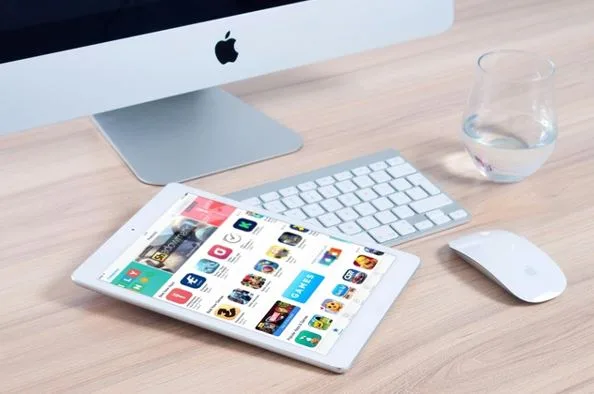From Emergency Relief to Long-Term Solution: The Changing Face of Digital Access Programs
At the height of the pandemic, sending a child to school without a device or waiting days to reach a doctor felt like an emergency. Those crises exposed long-standing gaps in how Americans connect to work, school and health care. Emergency programs and one-off relief efforts stepped in quickly, but the conversation has shifted. Policymakers and providers are now focused on building systems that endure, turning short-term relief into sustainable access.
One of the clearest lessons: affordability and device access can no longer be an afterthought. Federal programs that once aimed to tamp down a crisis are evolving into the scaffolding of a more inclusive digital ecosystem.
From Policy to Practice: Lifeline Takes the Lead
Lifeline, a federal program with roots in the 1980s, has moved from a decades-old discount program for phone service to a modern tool for broader connectivity.
In the face of the Affordable Connectivity Program’s sunset, Lifeline remains active across the country as a steady source of discounted phone and broadband service for eligible low-income households. The ACP helped as many as 23 million homes before it ended; now Lifeline is the primary long-term federal avenue for keeping households connected.
Lifeline operates through partnerships:
- The government sets eligibility rules and funding mechanisms.
- Participating carriers, known as Eligible Telecommunications Carriers (ETCs), execute on the ground.
That local execution is essential: carriers manage device inventory, customer activation, and ongoing support, turning federal policy into a tangible monthly service for families. The program’s monthly support levels and implementation details are overseen by the FCC and administered through USAC, which tracks participation and program data.
Providers are adapting too. Some carriers pair Lifeline discounts with device offerings that make real-world access easier, from basic smartphones to tablets suitable for browsing and video calls. That model shifts connectivity from a line item into a usable resource for work, school and care.
How Devices and Providers Reshape Opportunity
Receiving devices like a discounted or free tablet from government through Lifeline changes the equation in subtle but profound ways. A phone or tablet that arrives at home isn’t just technology. It becomes a gateway to everyday reliability. But the difference lies in how well it’s implemented.
First, the choice of carrier can define the experience entirely. Participating providers such as AirTalk Wireless take federal support and turn it into something actionable: confirming eligibility, shipping a device, setting up service and offering ongoing support. That local execution ensures the promise of connectivity becomes reality: the device is activated, the monthly service runs, and the household is no longer stranded in silence.
Second, the device itself matters. Some homes receive entry-level phones sufficient for calls and basic apps; others access tablets robust enough for video interviews, telehealth consults and online coursework.
While availability depends on funding and provider inventory, even modest hardware removes a major barrier. When a family uses their device for a telehealth appointment instead of waiting weeks, or a student attends class uninterrupted instead of borrowing a library computer – the impact compounds over time.
Still, there are trade-offs to consider. Some plans come with limited data or older model phones, and availability can fluctuate based on funding cycles. Yet even within these constraints, initiatives offering a free tablets or affordable smartphones have expanded what’s possible for millions.
Each connected device, no matter its model, represents more than a communication tool but a means to study, earn, and stay healthy.
The success of digital access programs ultimately depends on these practical details: the durability of the device, the reliability of the network, and the trust built between providers and the communities they serve.
Looking Ahead: From Access to Resilience
The policy challenge has moved beyond emergency relief toward durability. Short-term subsidies proved the need; the next stage is scaling services that endure. That means improving device supply chains, simplifying enrollment and recertification, and expanding outreach, so eligible households know how to enroll. It also means strengthening partnerships between federal programs and regional carriers so local needs inform national practice.
Success looks like communities where reliable connectivity supports a steady pipeline of education, employment and care. It looks like local providers partnering with community organizations to ensure devices get used effectively, not stashed away, through digital literacy and support. It looks like Lifeline continuing to adapt as technology and community needs change. USAC’s program data and FCC oversight will continue to show how the footprint grows and where gaps remain.
Turning emergency relief into a long-term platform is a slow, often quiet process. It doesn’t make front-page headlines, but when a family receives a subsidized connection and a device from an authorized carrier, the effects are immediate: improved access to telehealth, timely responses to job interviews, and a student’s uninterrupted attendance in class.
The work ahead requires patience, funding, and thoughtful coordination. The shift from crisis bandages to durable infrastructure is well under way. And with each household connected, the country moves a little closer to a future where digital access is expected, not exceptional.



